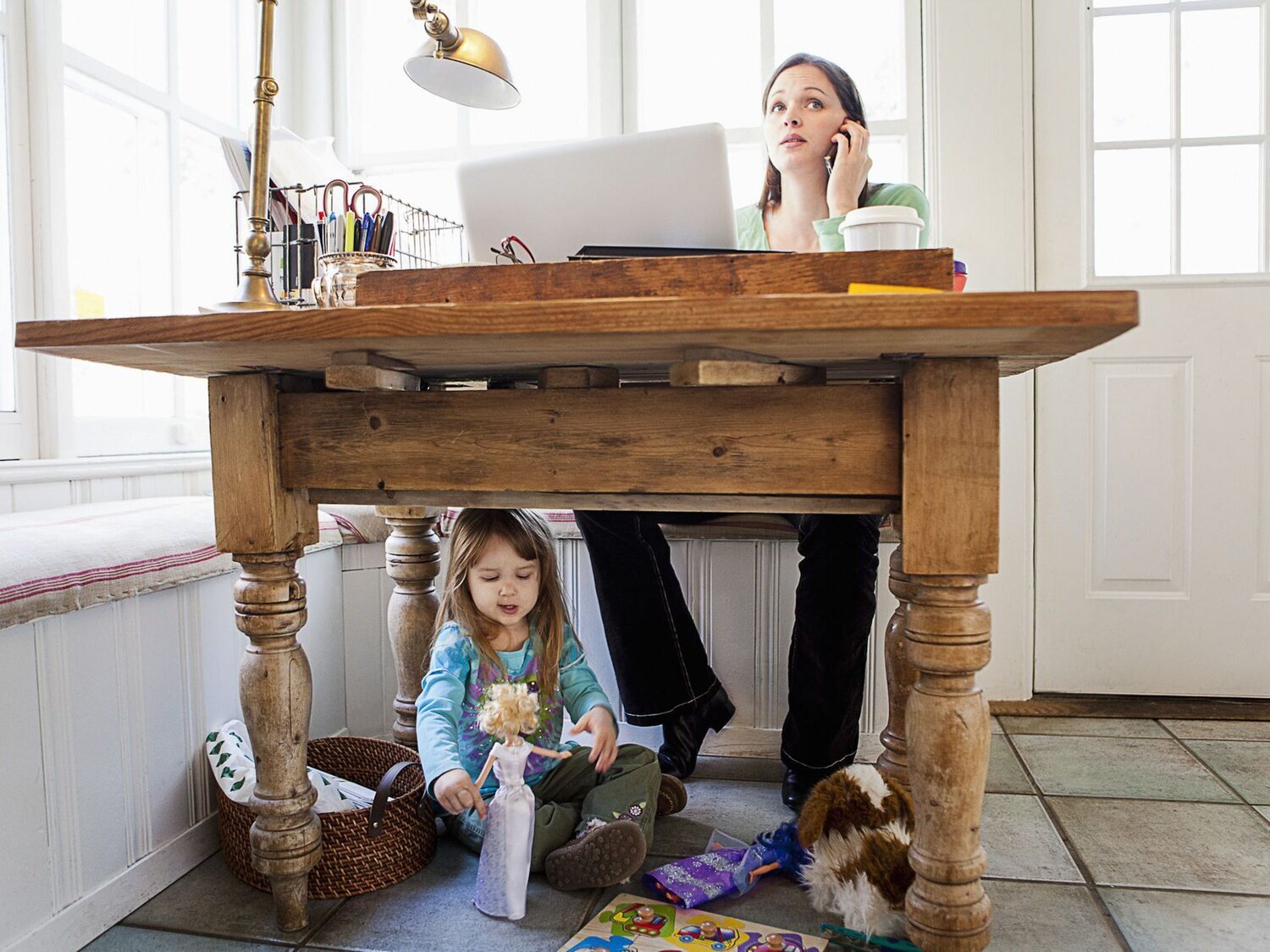
Coronavirus, or COVID-19, has been having an unprecedented impact on everyone across the globe. The pandemic is affecting all areas of our lives from shifting our working locations to placing unfortunate limits on external social gatherings. As we all attempt to adapt during periods of indefinite lockdown and reinsert our daily routines into an unfamiliar situation, we thought it appropriate to provide some of our tips from remote working at New Motion Labs to help restart your journey back to normality.
Working from home can present a number of testing obstacles in front of effective, efficient and energised communication between employees working within a team. Rotating from regularly seeing your colleagues face-to-face, to now spending your daily interactions on video sharing software behind individual computer screens is hard, and its challenges should not be underestimated.
Rather, we believe that by acknowledging such barriers in successfully collaborating when working from home, it can be easier to visualise appropriate solutions in combating the uneasiness surrounding our work life ‘new normal.’
Barriers to Effective Communication

Whilst we are all simultaneously attempting to connect in an intangible, ‘virtual space’ our ability to feel a sense of personable connection to relay ideas off one another or gain feedback in a natural manner can, at times, seem difficult. Alongside the more obvious issue of troublesome internet connection numerous smaller, subtle situations can arise to hamper successful online collaboration when working from home.
One challenge can be in trying to find the ‘right’ opportunity’ to voice your opinion to team members without leading the meeting conversation astray, or losing focus on scheduled topics of discussion. This can lead to the unfortunate destination of a lack of control in coordinating both the activities and motivation of your co-workers in achieving desired company targets.
In addition, navigating the more practical logistics surrounding working within the home environment, such as harbouring many family members all under the same roof, can make the endeavour of syncing multiple schedules all the more complicated. Being together under the same roof for longer than most of us are used to, increases the number of distractions available to us, posing significant risks to effectively communicating when working from home.
Solutions for Effective Communication

From the perspective of our team here at New Motion Labs, we thought it would be good to provide learnings that companies in similar positions can benefit from. Our conclusions can be summarised into 2 key findings.
Firstly, communication stands as the number one priority between team members when working from home. If bad connection is negatively impacting team communication, turning off the video as a means to stop visual buffering and stuttering connection saves time and helps to even out the flow of conversations again.
To keep connection as normal as it can be during the coronavirus pandemic, you could incorporate routine, daily ‘stand up’ sessions at the beginning and/or at the end of each day. In this way, it is possible to alleviate stress that could build up on uncoordinated opinions and streams of thought with regular progress updates. It could also be helpful to create separate online and messaging spaces for separate discussions, such as one for general communication and another for a more specialised focus.
To further increase prepared team interaction, setting out a plan for each week through the format of ‘SMART’ (Specific, Measurable, Achievable, Realistic and Timely) targets can also be a useful method to encourage action within the team. This can aid the task of prioritising more important projects alongside grouping together similar tasks into clearer, more manageable ventures.
For example, at NML we operate a weekly Monday morning marketing meeting in which tasks are prioritised and deadlines are set, providing a clear structure for the week ahead.
Secondly, effective task management is the key to productivity. Through utilising a good quality task management software, it is much easier to visualise company strategies, alongside building an accountable work culture through distributing projects in an accessible and fair manner.
Concerning the issue of fitting ‘working times’ around family, partners or those living in the same environment, implementing a similar ‘management software’ but in real time could be effective. For example, inputting sections of time into an online calendar that blocks out time to specifically spend with others offers a solution to directly reorganising and giving appropriate time to different priorities.
Through our breakdown of challenges and corresponding recommendations, we hope this will act as a guide for both individual workers and companies to reach the potential advantages of remote working, to give everyone the flexibility to operate at their peak performance.



